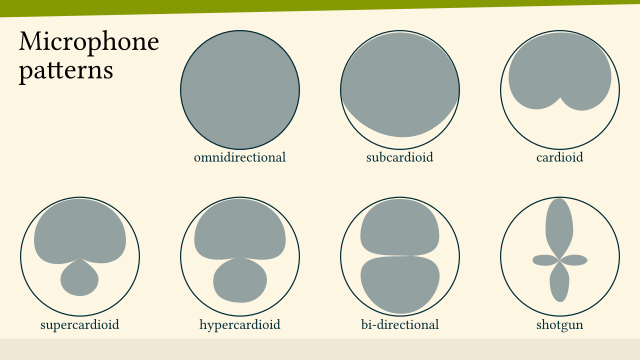How to acoustically treat the homeoffice
Preface
Priorities for livestreaming – and online workshop are live streaming by nature:

- internet connection
- audio
- lighting
- camera
- background
Regarding “audio”: Setup for voice recording! Bear the conflict of interest with the desire for a “polished studio thumbnail picture”.
Do:
- setup for tireless hourlong experience by participants/viewers
- consciously educate yourself in production technology over the months
- prepare for success: Plan to pay a video editor. Reduce his efforts by delivering good-quality raw material
Don’t:
- setup for music production / mastering
- setup for HiFi listening experince
- setup for aestetics only
Good sound is created at the time of recording. Don’t leave issues for fixing in post-production!
In case that good room acoustics clash with aesthetics consider two setups: Record e.g. the intro with nice aesthetics, and afterwards the content/workshop/live-streaming part with added room treatment.
excursion
The human voice as instrument/music/arrangement/sound/…
Evaluate the As-Is Situation
- what is the room echo like?
- is there unwanted noise?
- (do I have noisy equipment?)
Take inventory of the room:
- hard surfaces bad, fluffy surfaces good
- take dimensions of corners, edges and walls/ceiling/floor
- …
Collect material that might be available in the household/workshop already.
- fixtures
- blankets / cushions
- clamps
- hooks
Room echo and the clap test
To evaluate the room echo the clap-test is a reproducible method to measure the situation as-is – and after some modifications.
How to perform a clap test?
- record a short clap (by hands, or with a movie clapboard)
- evaluate the waveform: How many milliseconds until the loudness is “completely silent”?
This can be done e.g. with Audacity.
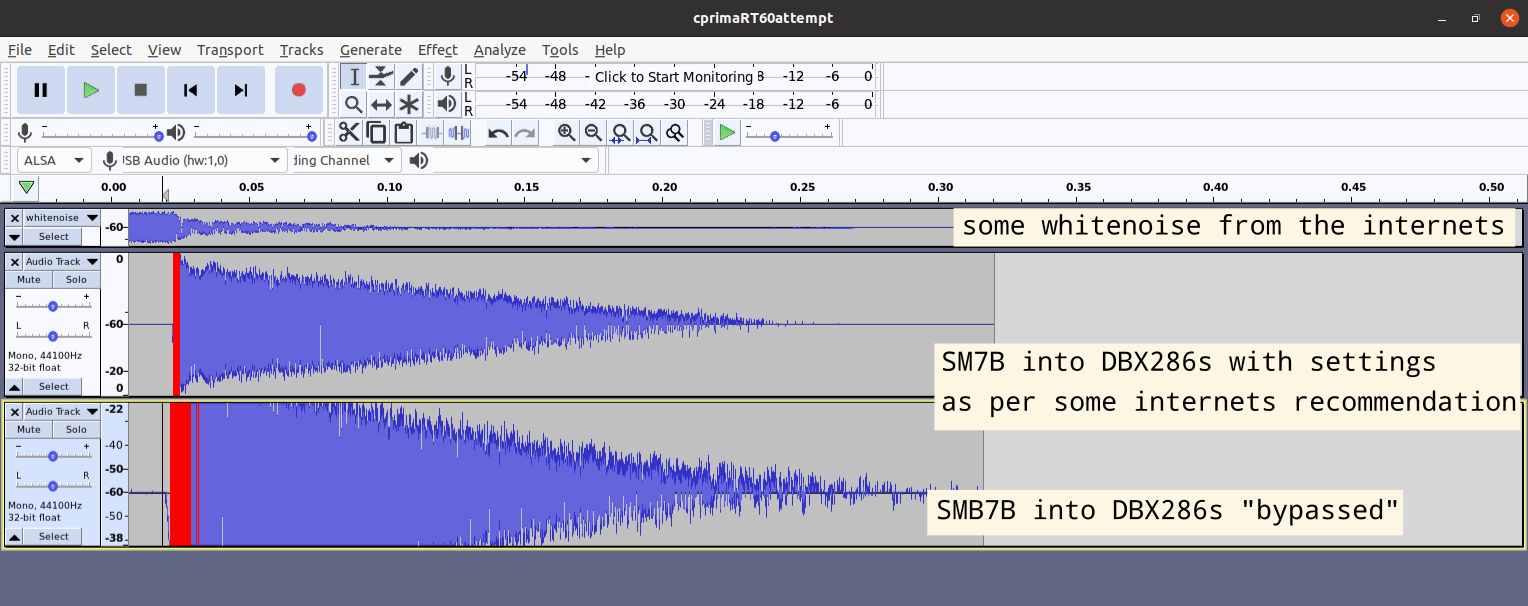
On Android there is also the app “myRaumklang”, available via GooglePlay at https://play.google.com/store/apps/details?id=de.myraumklang.myraumklang
Listen back to the recording
Listen back with (good) closed headphones!
- beyerdynamic DT-770 PRO/80 Ohm https://www.thomann.de/de/beyerdynamic_dt770_pro80_ohm.htm
- Audio-Technica ATH-M50 X https://www.thomann.de/de/audio_technica_ath_m50_x.htm
Noisy equipment
Better shut off that extra computer and mute the smartphone!
Room Setup
Behind the mic and behind yourself is important. Optimizing for voice recording, not for listening back!
Affordable and maybe even already available items to influence the room are:
- moving blankets ftw https://www.amazon.de/gp/product/B0844W5BSY/
- curtains, blankets
- sofa and sofa cushions
- (corners and edges)
Dampening textile materials will go a long way: I found that a sofa, thicker and thinner curtains and upon request a moving blanket on the wall behind the microphone do work well – although the rest of the room has quite hard wooden surfaces.
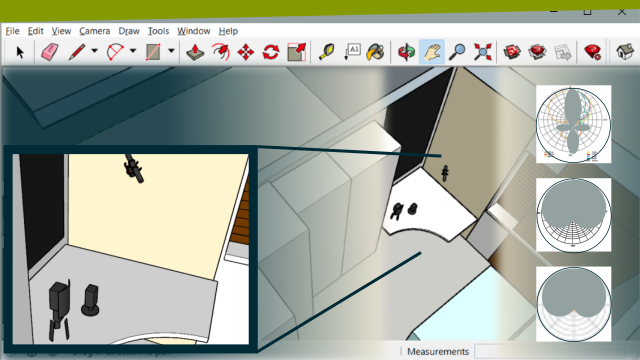
The picture above shows brownish curtains, a dark moving blanket and the blueish sofa. Works for me! If the room was larger I would use a fluffy carpet.
The dampening material needs to be placed according to the polar pattern of the microphone.
excursion: example of closet-recording
“So my thought process is to get as much absorbant material…”
Booth Junkie https://youtu.be/5Se381sERrY?t=149
Reduce unwanted noise
- keyboard
- fans
- …
I found the Logitech K780 a quiet silent keyboard, and ditched my beloved “DasKeyboard”s for it full-time: https://www.amazon.de/gp/product/B01GV6HP0E
A good protective case is https://www.amazon.de/gp/product/B07PJHLY7R/.
excursion: microphone patterns
Audio Slang for the Processing Chain
- speaker level
- line level (adequate for sending from one device to another)
- instrument level
- microphone level
“line level”, if not then quickly up to line level. And check all gear in the audio chain for correct configuration.
Fixing something with the below already counts as “fixing in post”. Room acoustics should be setup withput the help of any (build-in) effect, filters, processors or adjustments.
- loudness
- noise
- compressor limiter, EQ, gate
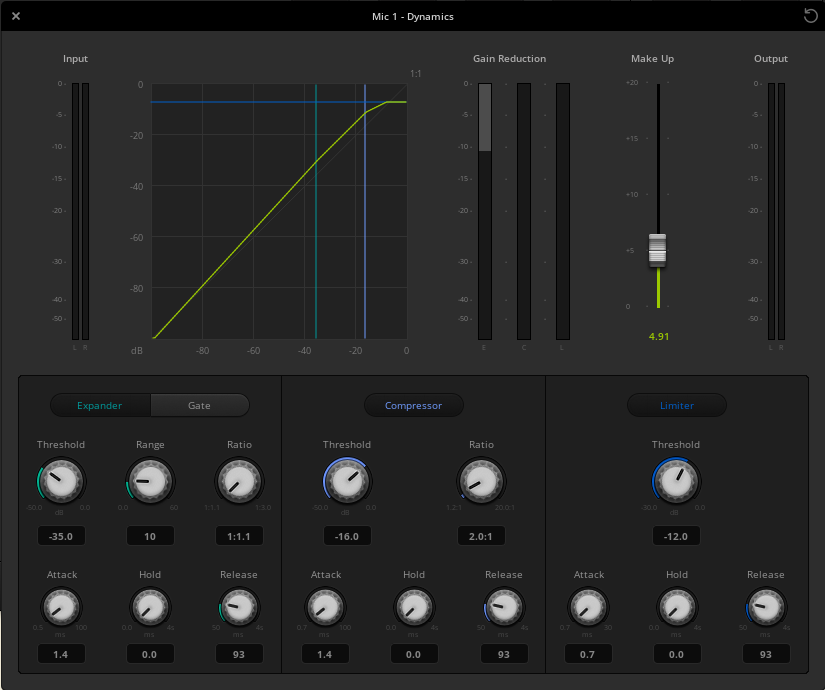
excursion: dynamic range
Evaluate the result
YouTube stats for nerds
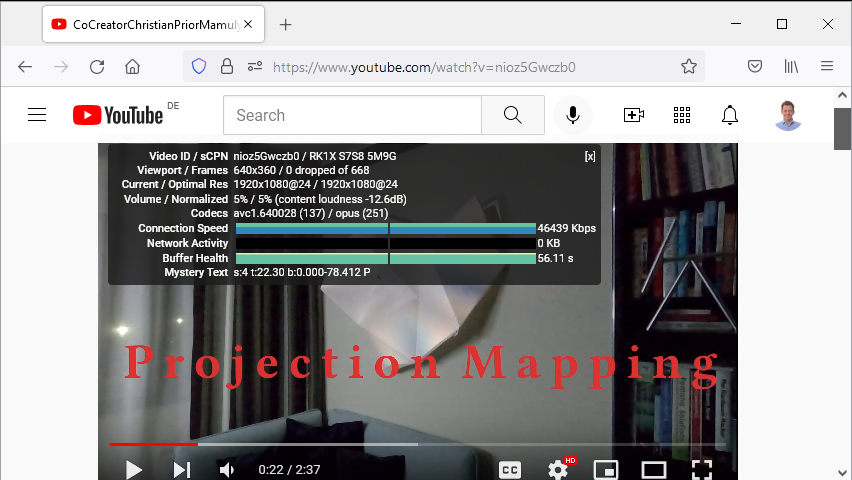
In the screenshot the content loudness a bit too silent, -12dB below YouTube’s reference scale. And 12dB is a lot! YouTube will not automatically raise the audio level. But it will make loud videos quieter, which might result in noticeable quality loss.
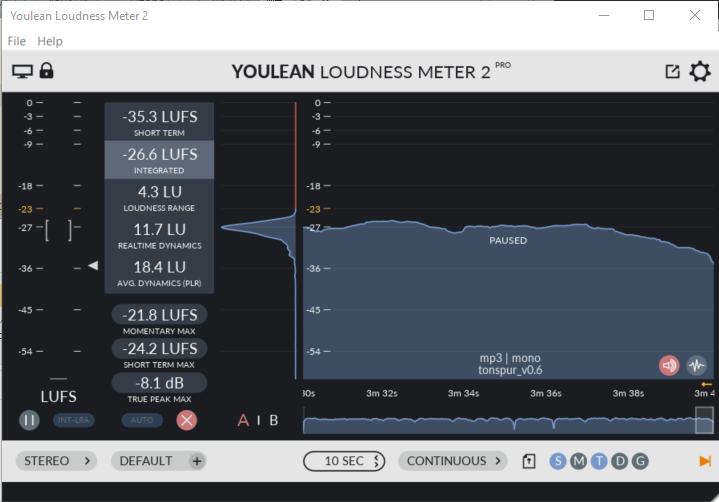
Same audio track, now in Youlean Loudness Meter 2. Typically between -23dB and -17dB should be aimed for.
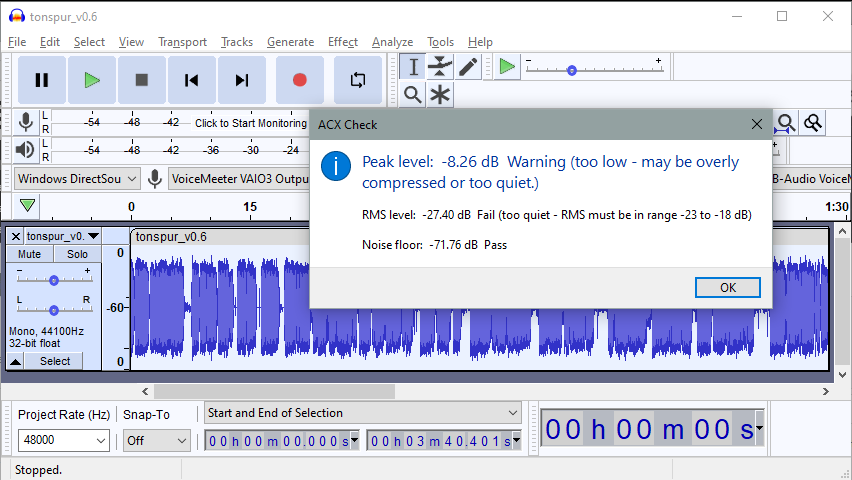
Same audio track, analyzed in Audacity with ACX-Checks. Linked to from [Audacity Forum](https://wiki.audacityteam.org/wiki/Audiobook_Mastering).
//How to identify post-prod errors? (clicks, …)
Reach out to others
Here I got schooled and I loved the result: https://forum.audacityteam.org/viewtopic.php?f=63&t=116034
I have two favorite bad examples. Early on, someone went to great pains to build a simulation of a television news set. It was impressive with colors, angles, and lighting just right. The effect carried right up to the first time somebody said something. Instant kids recording in the bathroom.
kozikowski
https://www.kozco.com/tech/audacity/TestClip/Record_A_Clip.html
